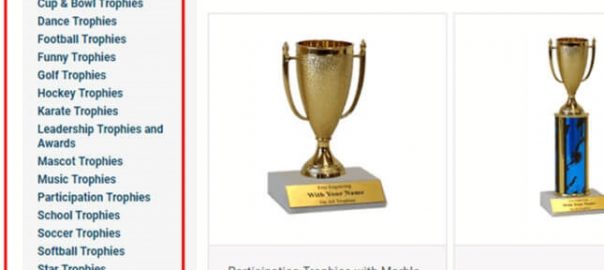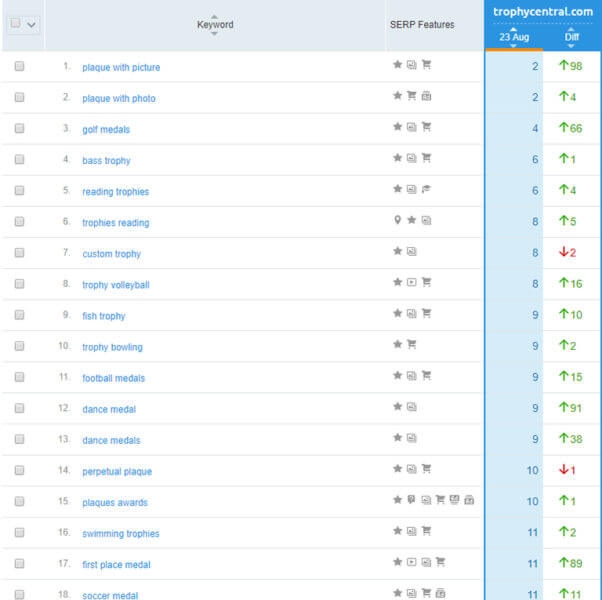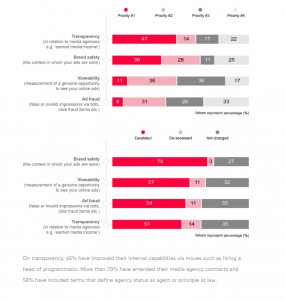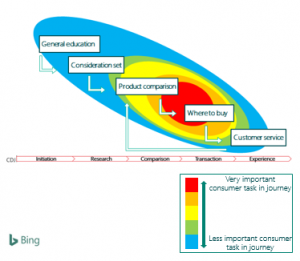Contributor Dave Davies shares a case study that shows how smart internal link building and targeted SEO can have a significant impact on rankings and traffic.

Back in 2016, I wrote a piece on optimizing internal linking structures. In the article, we discussed a range of issues from PageRank and link equity flow to anchor text and more. I wrote the article after performing an audit on a large e-commerce site called Trophy Central.
Since several years have gone by and the site now has a slightly different SEO focus, the owner has graciously allowed me to share the details of that audit, the SEO optimization plan that emerged from it and the results.
There were two core recommendations I gave the owner after my research, review and audit, I’ll outline what they were, why, and how they were implemented by the dev team.
1. Recommendation: Navigation
At the time of the review, the site did not have drop-down navigation. Having drop-down navigation doesn’t apply to all sites but works well for many e-commerce sites and did on this one.
The principle at play here is to drive PageRank to deeper pages. There is a caveat, however. The more links you put in your navigation the less any one of them is worth. Basically, each page has a set amount of PageRank to pass and that PageRank is divided among the links on that page so the fewer the number of links, the more weight they pass.
Pages with products and categories should limit the links they have pointing to pages of importance. With a combination of keyword research to discover search volumes and the client’s understanding of the return on investment (ROI) of product sets we ended up with:

You’ll notice that we link to the most important second-tier categories followed by the most important third tier. The structure this is most similar to from the initial article is:
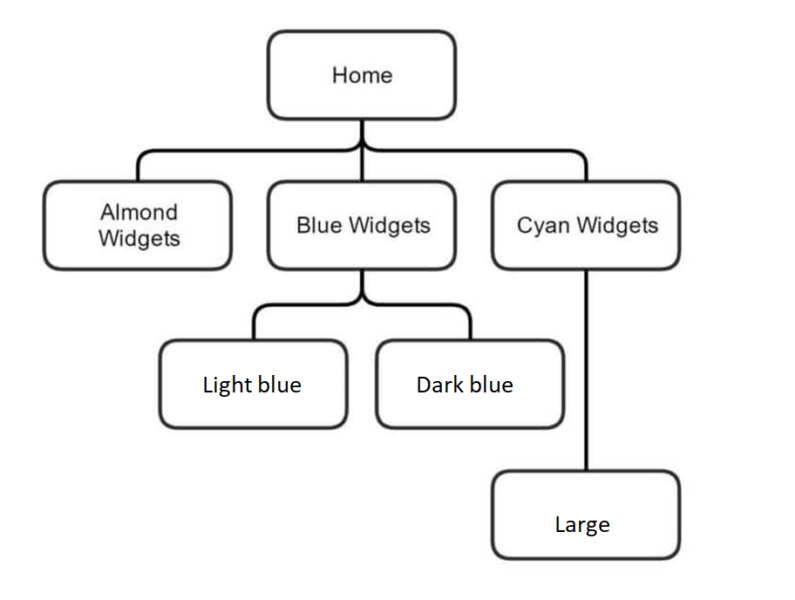
This structure reduces the weight of individual products but strengthens the categories. Since that’s where the search volume was for this site, it made the most sense.
2. Recommendation: Smart link placement
When I was working on Trophy Central, the site simply linked from the homepage content area to the second-tier locations and a few products. We made the simple addition of adding links to sub-categories:
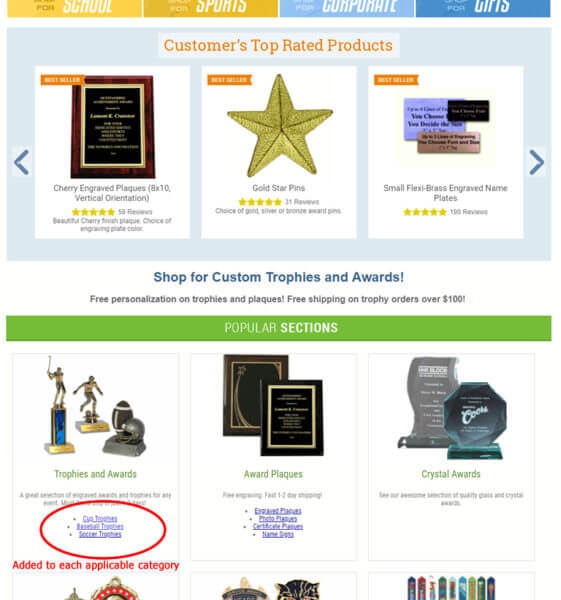
The idea here was to take advantage of the weight of the area it was placed. While most of these pages are already linked to the top navigation, their placement in a key and highly visible location on the homepage sets them up to pass more weight.
Just as content in highly visible locations carries more weight, so do links. We wanted to push more weight to key sub-categories.
Additional areas
An area we will be running tests on in the future is reducing the number of links in the left nav on internal pages.
The navigation I’m referring to here is:
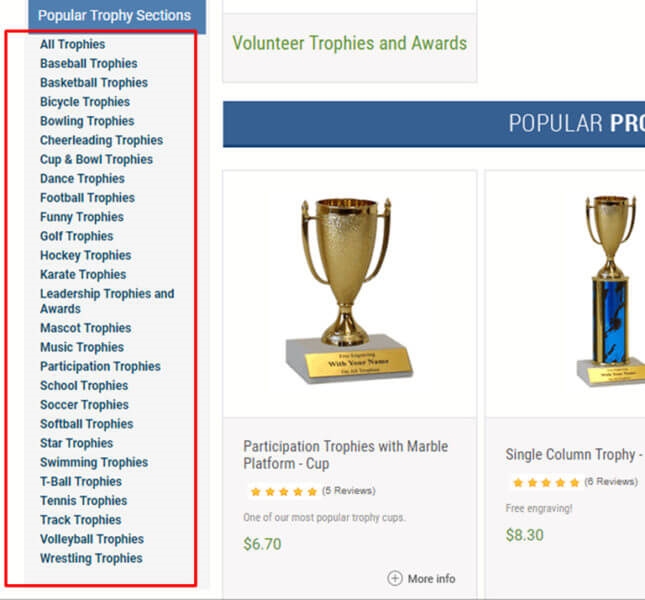
There is no need to pass link and page equity to sub-categories with low traffic volume. I do not expect dramatic individual jumps from this adjustment but moving dozens of rankings up one position can lead to significant traffic gains.
The results
Did our simple but significant changes help Trophy Central? Before I answer, let’s look at two questions that will help put the results in perspective:
- What did adding a few links to key categories in a visible and “content” area on the homepage yield?
- What does adding a simple and easy-to-use drop-down navigation add up to when it comes to rankings?
The simple answer to both questions is yes! Here are the results ordered by the change in rankings.
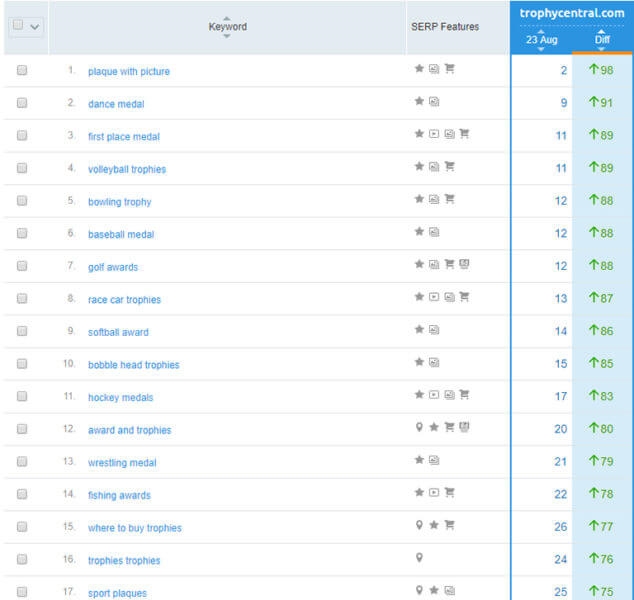
Here are the results ordered by the current position:
Core stats
We had 381 terms being monitored so I organized them into groups so that it was easy to see and share changes. Here’s how they changed one month after implementation:
- Top 100. The site had 56 more top 100 terms, declined in rankings across 24 and improved across 165.
- Top 20. The site had 34 more top 20 terms, declined in rankings for 5 and improved across 55.
- Top 10. The site had 9 more top 10 terms, declined for 3 and improved for 13 phrases.
- Top 3. The site had no top 3 terms in the beginning and had 2 after the changes.
This is all based on some fairly straightforward changes to the internal linking structure and that’s the point of this article.
It doesn’t always take Herculean efforts to create dramatic improvement. Sometimes simply paying attention to the core elements of search engine optimization (SEO) and site structure, can pay huge dividends.
What to keep in mind
There are two elements of internal link weight and distribution to always keep in mind.
- When it comes to navigation links and drop-down menus, when you give to Peter you take from Paul. Each link you add dilutes the links already in place, consider limiting your global links to pages that need the PageRank and as a way to provide traffic. This will basically limit your navigation links to those pages people are prone to go to, which is good for users and the engines. Go figure.
2. Links in highly visible locations are worth more than those tucked away. Google prioritizes content that’s meant to be engaged with and links are content. Provide links to key pages in highly visible locations on your site so people and PageRank will flow.
Just these simple changes created a significant impact on rankings and traffic for Trophy Central. Thankfully it’s not because of anything magical, just smart internal link building and SEO.
[Article on Search Engine Land.]
Opinions expressed in this article are those of the guest author and not necessarily Marketing Land. Staff authors are listed here.
Marketing Land – Internet Marketing News, Strategies & Tips
(43)
